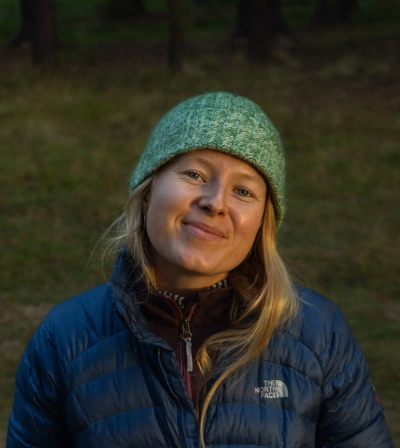About 70% of Sweden’s land mass is covered by forest. But as you travel up to the north-west regions of the country you enter more mountainous landscapes with distinctive alpine tundra, where few trees grow.
This alpine environment, known in Swedish as ‘kalfjäll’, ‘bare mountain’, carries deep importance for the indigenous Samí and their reindeer herding.
Spending time outdoors in Sweden is intricately connected to the shifting of the seasons. Up in the mountains, the summer season is confined to a few short months between June and August. If you go far enough north you'll experience the midnight sun, a stretch of summer when the sun never sets. In autumn the air turns crisp, and the leaf trees explode in colours of yellow, orange and red.
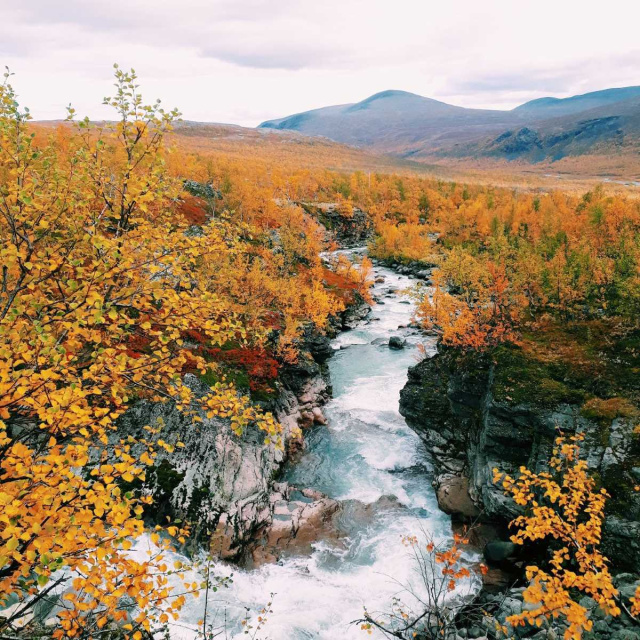
In winter, the landscape is thick with white snow for many months on end. The nights turn long and dark. Winter weather is unpredictable, and in alpine regions a storm with strong winds and sub -20 degrees can quickly roll in.
In northern Sweden, the bridging period between winter and spring is often referred to as the fifth season.
It usually happens in March and April, when the mountains are still covered with snow but the long sunny days offer mild, comfortable temperatures. This is a deeply cherished time for people up north, and a prime time for spending time outdoors.
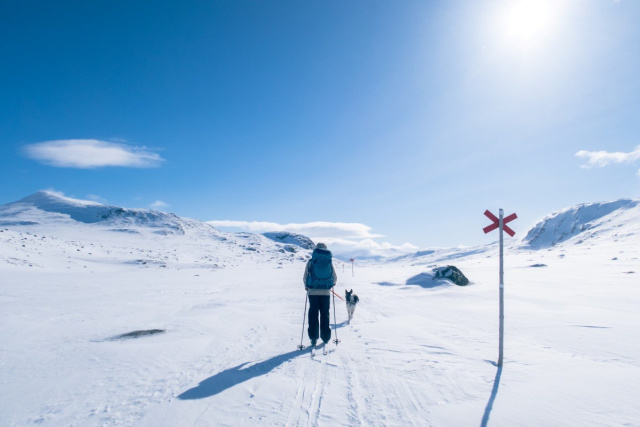
Growing up, my parents would take me and my sister for a multi-day hiking trip in the mountains every summer. I loved everything about it, being out in the wilderness, sleeping in tents and cooking our meals on the trangia kitchen. There’s nowhere else I feel so completely in the present.
The Swedish mountains aren’t the most spectacular in the world. There's a lot of places that offers far more dramatic jagged peaks, including our close neighbour Norway.
Yet there’s a special feeling in the Swedish wilderness. For me, it’s the feeling of home.
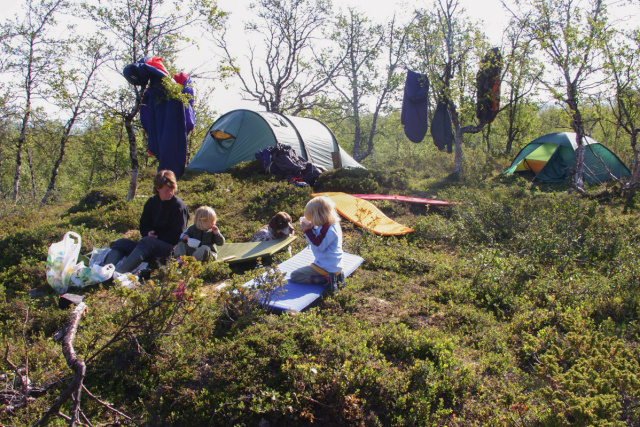
About 70% of Sweden’s land mass is covered by forest. But as you travel up to the north-west regions of the country you enter more mountainous landscapes with distinctive alpine tundra, where few trees grow.
This alpine environment, known in Swedish as ‘kalfjäll’, ‘bare mountain’, carries deep importance for the indigenous Samí and their reindeer herding.
Spending time outdoors in Sweden is intricately connected to the shifting of the seasons. Up in the mountains, the summer season is confined to a few short months between June and August. If you go far enough north you'll experience the midnight sun, a stretch of summer when the sun never sets. In autumn the air turns crisp, and the leaf trees explode in colours of yellow, orange and red.

In winter, the landscape is thick with white snow for many months on end. The nights turn long and dark. Winter weather is unpredictable, and in alpine regions a storm with strong winds and sub -20 degrees can quickly roll in.
In northern Sweden, the bridging period between winter and spring is often referred to as the fifth season.
It usually happens in March and April, when the mountains are still covered with snow but the long sunny days offer mild, comfortable temperatures. This is a deeply cherished time for people up north, and a prime time for spending time outdoors.

Growing up, my parents would take me and my sister for a multi-day hiking trip in the mountains every summer. I loved everything about it, being out in the wilderness, sleeping in tents and cooking our meals on the trangia kitchen. There’s nowhere else I feel so completely in the present.
The Swedish mountains aren’t the most spectacular in the world. There's a lot of places that offers far more dramatic jagged peaks, including our close neighbour Norway.
Yet there’s a special feeling in the Swedish wilderness. For me, it’s the feeling of home.

You might like...
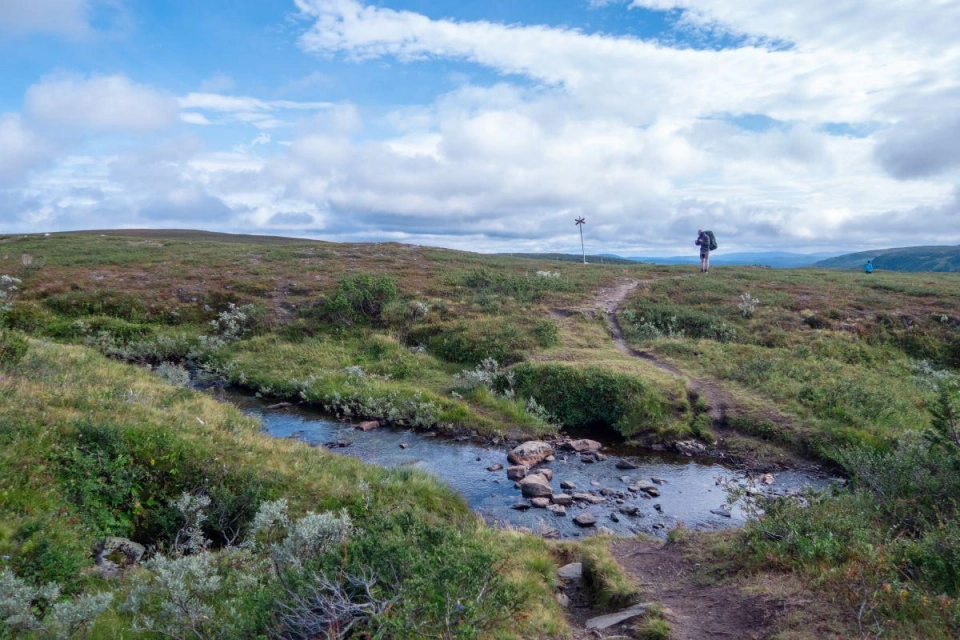
Allemansrätten: the freedom to roam
'Fjällen' - the Swedish Mountains
The Scandinavian mountain range, the Scandes, runs through the border between Sweden and Norway. It covers most of Norway and stretches into the north-west regions of Sweden. These mountainous areas form some of Sweden's most remarkable wilderness.

Preparing for a Multi-Day Walk in Tasmania
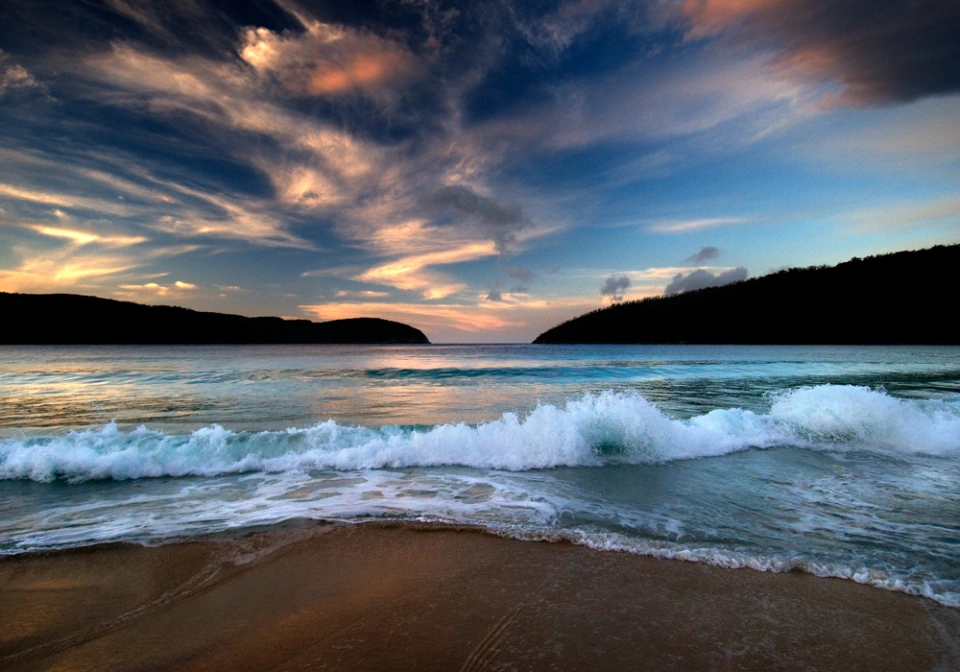
I Moved Here and Found a Deep Connection to Tasmania’s Wild Seas
Newsletter
Sign up to keep in touch with articles, updates, events or news from Kuno, your platform for nature

